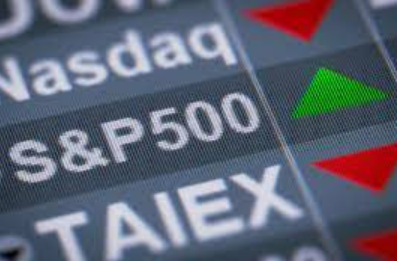
Cory Russell
Apr 26, 2022 11:00
Early Monday, June E-mini S&P 500 Index futures were substantially down as investors responded to a dramatic drop in Asian equities markets. Investors are also anticipating higher interest rates and a flood of earnings reports from key technology firms like Amazon and Apple this week.
June E-mini S&P 500 Index futures are trading at 4233.50, down 33.75 points, or -0.79%, at 08:15 GMT. The S&P 500 Trust ETF (SPY) closed at $426.09 on Friday, down $11.97 or -2.73 percent.
Investors in the United States are keeping an eye on mainland Chinese indices, which are leading the Asia-Pacific region's losses.
The Shanghai composite fell 5.13 percent to 2,928.51, while the Shenzhen component fell 6.08 percent to 10,379.28.
Despite strict lockdowns in Shanghai, China has been trying to manage its deadliest outbreak of COVID-19.
Chinese authorities in Beijing, China's capital, are warning that the virus has been spreading unnoticed for almost a week, adding to the quickly growing sickness.
Investors in the S&P 500 are preparing for the busiest week of corporate earnings season yet. This week, over 160 S&P 500 firms are set to report profits, with all attention on reports from large tech giants including Amazon, Apple, Google parent Alphabet, Meta Platforms, and Microsoft.
According to the daily swing chart, the major trend is down. The resumption of the decline will be signaled by a trade through the intraday low of 4218.50. The major trend will turn to up if the price breaks through 4509.00.
4094.25 to 4631.00 is the short-term range. The market is now trading on the weak side of its retracement zone, which is resistance around 4299.25 to 4362.75.
Trader response to 4267.25 is expected to impact the direction of the June E-mini S&P 500 Index into Monday's closing.
The presence of selling will be shown by a persistent move below 4267.25. Taking out 4218.50 indicates that the selling pressure is increasing. This might set the stage for a run to the major bottom at 4129.50, followed by a drop to the 2022 low at 4094.25.
The presence of buyers will be signaled by a prolonged advance over 4267.25. Look for a push into 4299.25 if this develops enough upward momentum. Overtaking this level would indicate that purchasing is becoming more active, with a 50% level at 4262.75 being a possible objective.

Apr 26, 2022 10:51

Apr 27, 2022 10:24